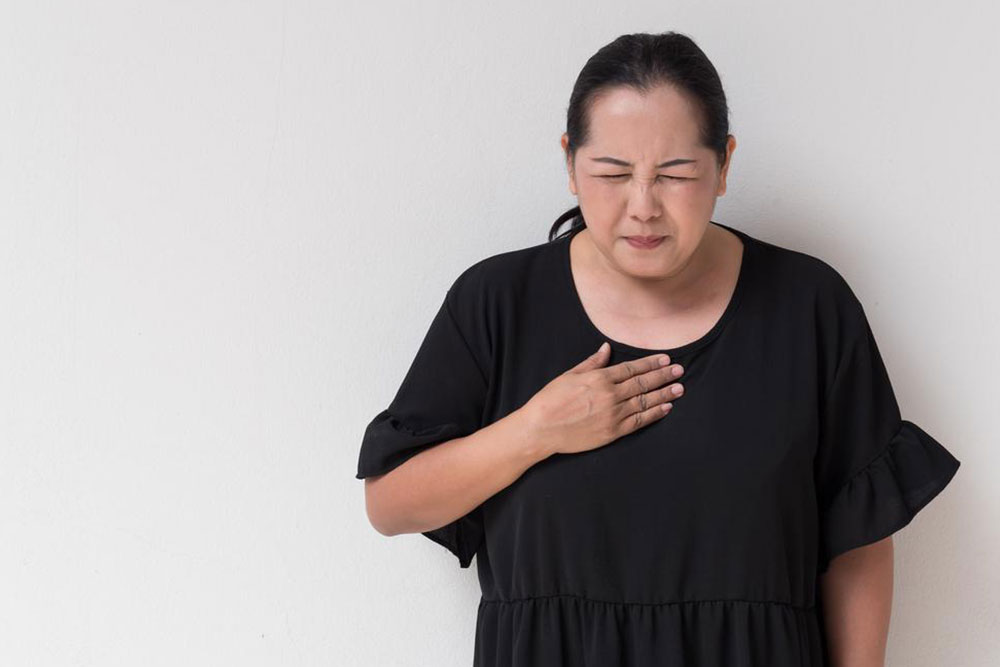Recognizing Signs and Symptoms of Acid Reflux
This article explores the key symptoms of acid reflux, including the characteristic burning sensation in the chest and throat, and explains how to differentiate it from more serious conditions like heart attacks. Early diagnosis and proper treatment are crucial for managing this common digestive disorder effectively. Learn when to seek medical help and understand the importance of consulting a healthcare provider for persistent symptoms.

Signs and Symptoms of Acid Reflux
What is acid reflux? When stomach acid leaks into the esophagus, it triggers a burning sensation in the chest and throat area, commonly known as heartburn. This discomfort often occurs after meals and can last for hours. Mild episodes are manageable with over-the-counter antacids, but frequent occurrences warrant medical attention as they may signal gastroesophageal reflux disease (GERD). Also called reflux or indigestion, this condition requires diagnosis if symptoms persist. Always consult a doctor if you experience recurring chest discomfort.
Common signs of acid reflux
The characteristic burning sensation appears just after eating, usually behind the breastbone.
Episodes can last from minutes to several hours, worsened by lying down, bending over, or eating large meals. Seek immediate medical help if chest pain occurs. Never assume reflux without a proper diagnosis. The burning sensation often extends to the throat, with a sour or hot taste. It may cause difficulty swallowing, a feeling of food regurgitation, sore throat, or persistent cough. Heartburn doesn’t typically spread to the neck, arms, or shoulders but can in some cases. Symptoms may intensify with stress or physical activity and usually improve with antacids. Severe instances rarely cause excessive sweating.
Distinguishing acid reflux from a heart attack
Chest pain is common and often causes confusion. Many visit emergency rooms suspecting a heart attack; however, severe reflux can mimic these symptoms. Differentiating the two requires medical tests. Both conditions share similar signs and affect similar populations, such as those with unhealthy lifestyles or older adults. If symptoms arise, consult a healthcare provider promptly. Proper diagnosis through tests ensures appropriate treatment, which may include medication or further investigation for severe cases.










